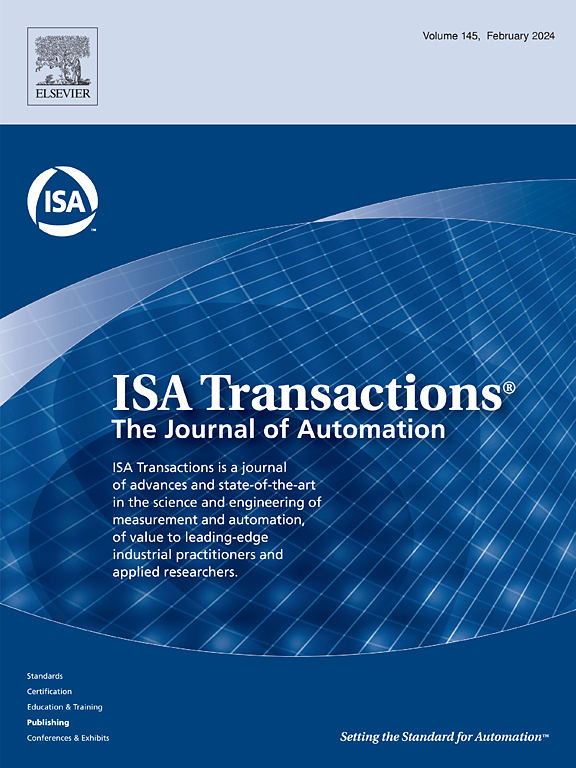EV and PV penetration impact on grid with conservative voltage regulation and reactive voltage compensation
IF 6.3
2区 计算机科学
Q1 AUTOMATION & CONTROL SYSTEMS
引用次数: 0
Abstract
As global interest grows in renewable energy sources, the impact of combined Electric Vehicle (EV) and PhotoVoltaic (PV) penetration on the power grid stability requires renewed attention, to incorporate new technologies to maintain the power quality under operational constraints. Energy-saving techniques such as Conservation Voltage Reduction (CVR) allow the power utilities to transmit voltage at a lower operation limit, increasing the generation margin to absorb the peak load demands. Increased reverse PV penetration results in grid overvoltage while EV charging absorbs the reactive power causing grid instability. Both overvoltage and loss of reactive power in the grid can be reduced by using CVR and reactive power injection techniques. A power electronic secondary var controller (SVC) can dynamically inject reactive power into selected grid buses. This work compares the voltage stability of an IEEE 33 bus system operating with and without CVR. The simulation studies analyzed the effects of EV penetration level, and PV hosting capacity with SVC compensation paired with and without conservation voltage reduction technique. The analysis results demonstrate that tandem usage of CVR and SVC maintains the grid voltage under operational limits, meets load and EV demand, and increases power efficiency and PV penetration.
求助全文
约1分钟内获得全文
求助全文
来源期刊

ISA transactions
工程技术-工程:综合
CiteScore
11.70
自引率
12.30%
发文量
824
审稿时长
4.4 months
期刊介绍:
ISA Transactions serves as a platform for showcasing advancements in measurement and automation, catering to both industrial practitioners and applied researchers. It covers a wide array of topics within measurement, including sensors, signal processing, data analysis, and fault detection, supported by techniques such as artificial intelligence and communication systems. Automation topics encompass control strategies, modelling, system reliability, and maintenance, alongside optimization and human-machine interaction. The journal targets research and development professionals in control systems, process instrumentation, and automation from academia and industry.
 求助内容:
求助内容: 应助结果提醒方式:
应助结果提醒方式:


